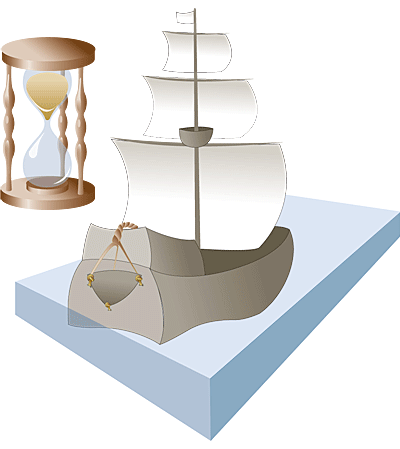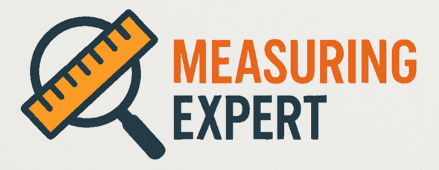Have you ever wondered why boats measure their speed in knots rather than miles per hour (mph)? It’s an interesting aspect of nautical navigation that has a historical and practical significance.

Credit: oceanservice.noaa.gov
What are Knots?
In the context of maritime navigation, a knot is a unit of speed equivalent to one nautical mile per hour. But what exactly is a nautical mile, and why is it used instead of traditional miles?
The Origin Of Nautical Miles
Nautical miles are based on the circumference of the Earth and are used in navigation to provide a more accurate representation of distances traveled over water. One nautical mile is approximately equal to one minute of latitude, making it a more consistent and practical unit for maritime purposes.
Historical Significance
The use of knots for measuring speed dates back to the days when sailors used a device called a “common log” to determine the speed of their ships. The term “knot” refers to the method used to measure speed, where a rope with knots tied at regular intervals was thrown overboard. The number of knots that passed through the sailor’s hands within a specific time interval indicated the speed of the ship.
Practical Advantages of Knots
Boats and ships often travel longer distances affected by the Earth’s curvature, and knots provide a more accurate way of predicting how a vessel traverses the surface of the Earth. This is particularly important for navigation and safety at sea.
Why Knots Are Preferred Over MPH
While miles per hour (mph) is a familiar unit of speed used on land, it is not as practical for maritime navigation. A single knot represents one nautical mile traveled per hour, providing a more consistent and reliable method of speed measurement for pilots and sailors.
Consistency And Precision
Using knots for speed measurement ensures consistency in nautical navigation, especially when dealing with charts, maps, and other navigational tools that are designed based on nautical miles. It also allows for precise calculations and estimations of travel time and distance over water.
Global Standardization
As a global standard in maritime navigation, the use of knots ensures uniformity and compatibility in communication between vessels, as well as in international maritime regulations and conventions.
Continued Relevance
Despite advancements in technology, the tradition of using knots for measuring speed has persisted in the maritime industry. Even modern vessels equipped with sophisticated navigation systems continue to rely on knots as a standard unit of speed measurement.
Credit: www.quora.com
Frequently Asked Questions
Why Do Boats Use Knots Instead Of Mph?
Boats use knots instead of mph because knots provide better navigational consistency. A single knot represents one nautical mile traveled per hour, and a nautical mile translates into one minute of latitude. Knots are more accurate for predicting how a boat traverses the earth’s curvature, making them the preferred unit of measurement for boaters and pilots.
How Fast Is 25 Knots On A Boat?
25 knots on a boat equals to approximately 29 miles per hour.
Why Ship Speed In Knots?
Ships measure speed in knots because it’s based on nautical miles and offers better navigational consistency. A knot represents one nautical mile traveled per hour, translating to one minute of latitude. This method provides more accurate predictions for how a boat or plane traverses the earth’s surface.
How Fast Is 20 Knots On A Boat?
20 knots on a boat equals a speed of about 23 miles per hour.
Conclusion
So, the next time you see a boat or ship reporting its speed in knots, you’ll understand the historical and practical reasons behind this unique unit of measurement. The use of knots for speed not only reflects the rich maritime heritage but also demonstrates the precision and reliability essential for safe and efficient navigation at sea.
